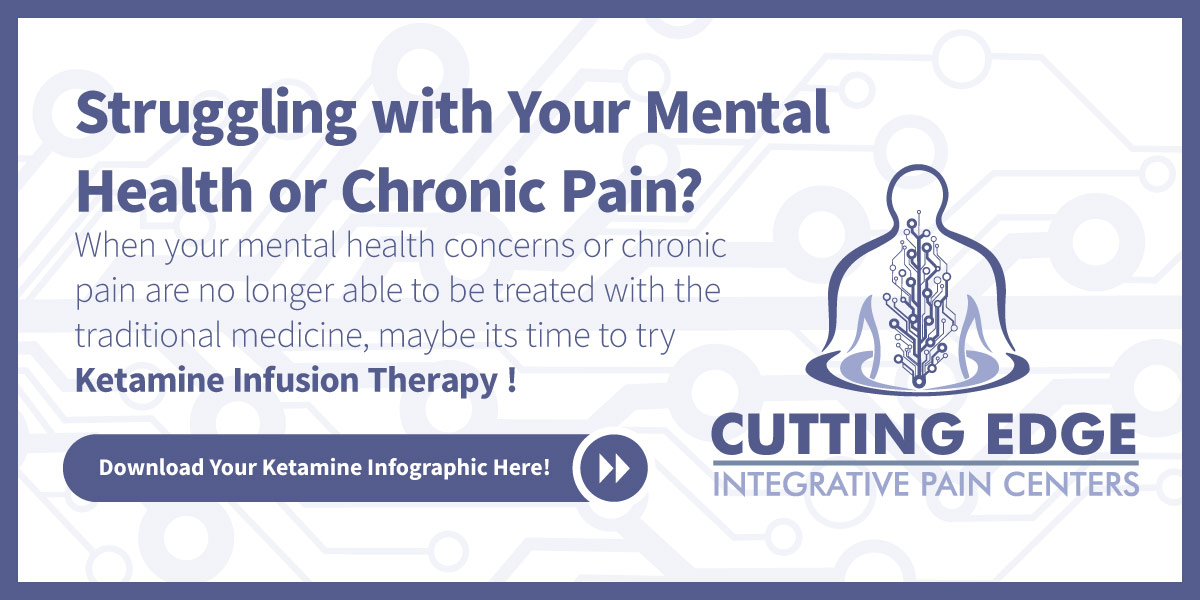Many people experience stiffness and pain in their joints and bones at some point. But when is this pain more than just simple pain or soreness from an activity? Avascular necrosis affects between 10,000 and 20,000 people in the U.S. each year and causes pain and stiffness in the bones and joints. Knowing the avascular necrosis symptoms and causes can help you find treatments before the disease worsens. Here is a deeper look at what avascular necrosis is and what its symptoms are.
Are you one of the 65 million Americans with back pain?
Check out our Spinal Cord Stimulation blog here.
What is Avascular Necrosis?
Avascular necrosis is a disease that forms when blood flow is cut off from the bone. This loss of blood flow can be temporary or permanent but the lack of blood supply in the bone leads to the death of the bone tissue. Once the bone tissue dies the bone collapses. If this occurs near a joint, it can cause the joint to collapse as well.
What Causes Avascular Necrosis?
Avascular necrosis can be caused by several things including injury, broken bones, long-term steroid use, excessive alcohol consumption, and damage to blood vessels. Some chronic medical conditions can also lead to avascular necrosis. If you have the following medical conditions, you should be aware that you are at risk of developing avascular necrosis:
- Pancreatitis
- Diabetes
- Gaucher’s disease
- HIV/AIDS
- Systemic lupus erythematosus
- Sickle cell anemia
Avascular Necrosis Symptoms
Avascular necrosis symptoms start off mild and are often missed. As the disease develops the person may feel discomfort or pain when putting pressure on the bone or joint. Range of motion will become limited, and limping may occur when the avascular necrosis is in the hip or knees. If you are experiencing these symptoms speak with your doctor to get an official diagnosis and discuss a treatment plan.
Treatment Options
Treatment options can vary based on the age of the patient and the severity of the disease; some options include:
- Assistive devices
- Canes, walkers, and wheelchairs can help reduce the pressure on the affected area.
- Core decompression
- This is a surgical option for treatment. This procedure removes the inner layer of bone to help relieve pressure and increase blood flow.
- Medicine
- While pain medication can be prescribed to help reduce the symptoms of avascular necrosis, there are alternatives to NSAIDs available. Check out this blog for other options to reduce pain.
- Osteotomy
- Another surgical option is an osteotomy. This procedure reshapes the bone to reduce stress in the affected area.
- Bone grafts
- Bone grafts are a surgical option that takes healthy bone from one part of the body and transplants it into the affected area.
- Joint replacement
- When avascular necrosis affects the bone in a joint then a joint replacement may be a treatment option. This option is normally only considered if other treatments have been unsuccessful.
- Physical therapy
- Physical therapy can help to relieve stiffness and increase the range of motion in the affected areas.
As with any medical condition, check with your doctor if you are experiencing any of the symptoms listed above. The sooner that avascular necrosis is caught the easier it is to treat. If you or someone you know has been diagnosed with avascular necrosis or are experiencing joint pain, schedule an appointment with Cutting Edge Health today.


